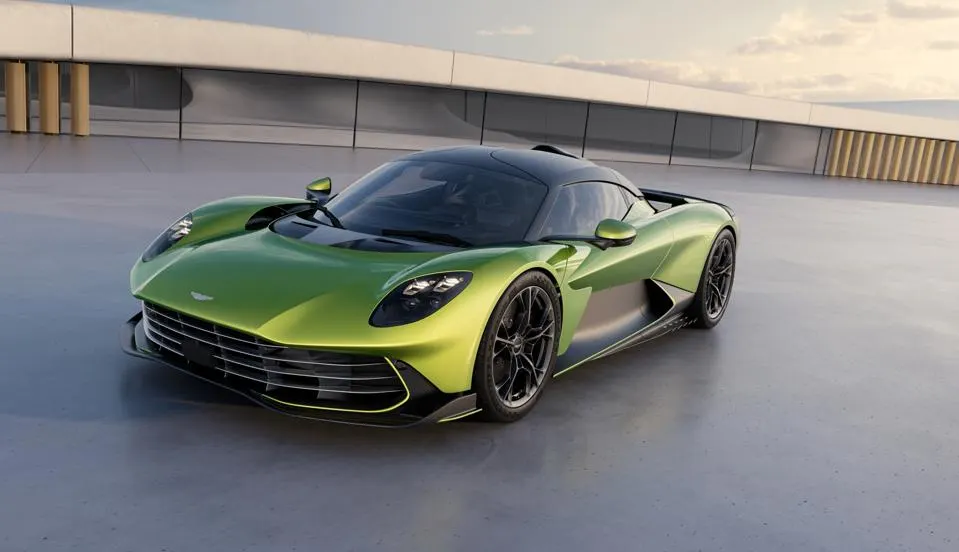Henrik Fisker: A Visionary Designer’s Rise, Fall, and Rebirth in the Automotive World

Henrik Fisker is a name that resonates strongly in both the automobile and entrepreneurial worlds. His journey, marked by ambition, innovation, and setbacks, serves as a testament to resilience and visionary thinking. Born on August 10, 1963, in Allerød, Denmark, Fisker’s passion for cars began at a young age when he saw a Maserati Bora on the highway. This sparked a deep fascination with automobiles, leading him to pursue a degree in transportation design from the Art Center College of Design in Vevey, Switzerland, where he graduated in 1989. Little did he know that this talent would propel him from a design studio to founding his own car company, shaping the future of the automobile industry.
Fisker’s career took off when he joined BMW in 1989, working in their Technik studio in Munich. He played a pivotal role in designing the BMW Z8 roadster, one of the most iconic BMW cars. The Z8 represented both elegance and innovation, a reflection of Fisker’s ability to fuse classic design with modern aesthetics. He also contributed to the development of the BMW X5, the first luxury SUV, solidifying his reputation as a designer unafraid to push boundaries. After his successful tenure at BMW, Fisker moved to Ford, where he left an indelible mark with his designs for the Aston Martin DB9 and V8 Vantage, two of the brand’s most iconic models.
In 2007, Fisker founded Fisker Automotive, an electric luxury car company. The company’s first product, the Fisker Karma, was an eco-friendly, plug-in hybrid sports sedan that caught the world’s attention with its sleek, modern design. The vehicle was backed by high-profile investors, including actor Leonardo DiCaprio, and was seen as a revolutionary step in the electric car movement. However, despite raising over $1 billion and securing a federal loan from the Department of Energy, Fisker Automotive faced severe financial challenges and ultimately failed in 2013, unable to meet its production targets.
Despite the failure of his first venture, Fisker’s entrepreneurial spirit remained unshaken. In 2016, he launched a new company, Fisker Inc., with a more focused and bold vision for the future of electric cars. Fisker Inc. introduced the Fisker Ocean, an electric SUV emphasizing sustainability and technological innovation. Although the company faced financial struggles, including a bankruptcy filing in 2024, Fisker remains committed to his vision, embodying relentless perseverance.
The story of Fisker is a mixed message for entrepreneurs, illustrating the highs and lows of building a business. Despite facing setbacks, Fisker remains one of the most prominent figures in the automotive industry, continuously challenging the horizon with his designs. His journey—from his early days at BMW and Aston Martin to the challenges faced by Fisker Automotive and the rebirth of Fisker Inc.—is a tale of reinvention and innovation. Whether Fisker Inc. ultimately succeeds or not, Henrik Fisker’s legacy as a designer and entrepreneur is already firmly established, and his influence on the automotive world will continue to be felt for years to come.



